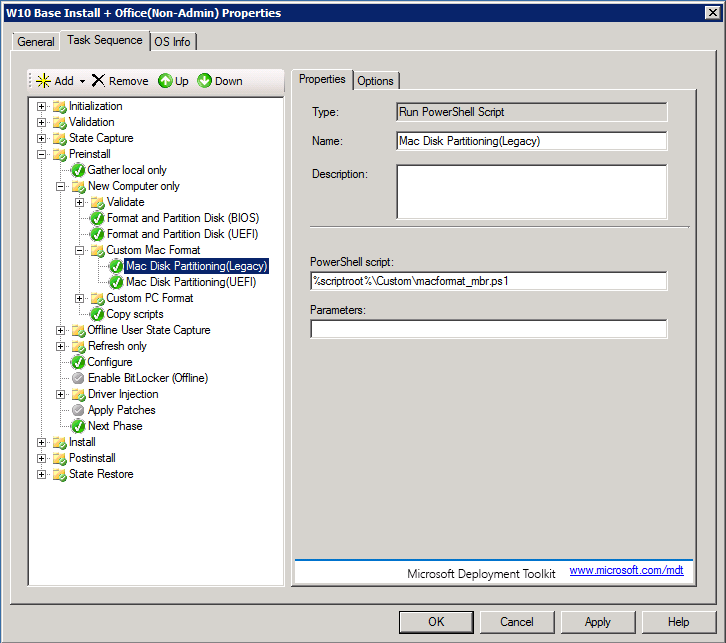How To Capture And Deploy Image For Mac
Office 2016office2016 for mac. Chapter Files Deployment Planning Template.pdf, available at Mac OS X v10.6 installation media Time This chapter usually takes approximately 4 hours to complete, but it could take much longer depending on the complexity of your deployment. Goals • Select a system imaging technique that meets your deployment needs • Integrate advanced Mac OS X managed preferences with your system image • Create a cloned system image using Disk Utility • Create basic network disk images using System Image Utility • Build a modular NetRestore image using System Image Utility For many deployments, the best solution is a unified system disk image, which involves creating an ideal system, saving it to a disk image, and then deploying that system to all your computers.

Right now I am using Deploy Studio and default mac image capture. Thank you for any help you can give. 3 answers Last reply Apr 9, 2015 Best Answer Apr 1, 2015. You can use the Deployment Image Servicing and Management (DISM) tool to capture an image of your hard disk for deployment and save it as a Windows® image (.wim) file. To see how this information applies to Windows, system, and recovery partitions, see Capture and Apply Windows, System, and Recovery Partitions.
A unified system image requires a significant time investment up front, but it saves a great deal of time in the long run. Computers with identical configurations are much easier to manage; the fewer the differences between your deployed systems, the more uniform their performance and the less time spent diagnosing problems, updating software, and reconfiguring hardware. Droid explorer for pc.
A unified system image also greatly accelerates the deployment process for any deployment larger than a dozen computers. Once you have fully configured, tested, and created a custom system image on one computer, it can take as little as five minutes to copy it to another machine. Compare this with the time needed to deploy the system individually on every computer, and it’s easy to see the benefit of a deployable system disk image. In this chapter you will learn two general methods for creating deployable system disk images: cloning from a model system and building a modular system. Understanding System Image Creation Before starting the process of creating a system image, you must consider your deployment requirements: what software and configuration settings will be part of your system image? Consider your users, your systems, and the limitations of identical-system deployment on multiple computers. You also need to consider which of the two image creation methodologies will best suit your needs and abilities.